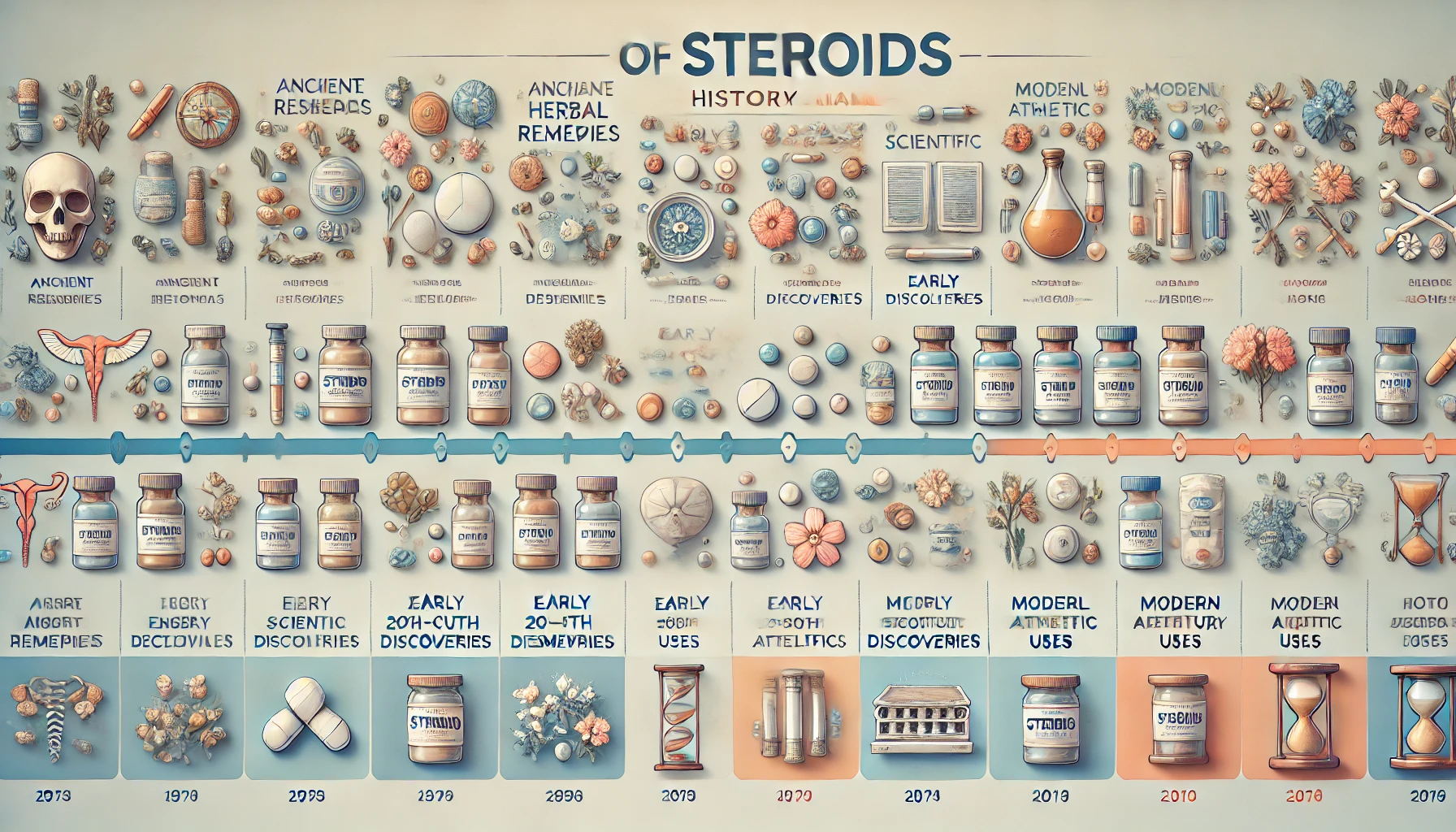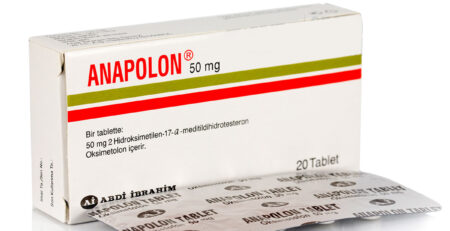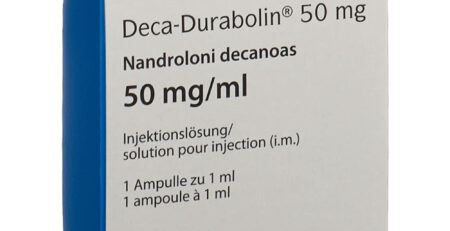
25
Feb
The History of Steroids: From Ancient Discoveries to Modern Usage
Introduction
Steroids have long been associated with sports, bodybuilding, and performance enhancement. However, their history stretches far beyond the gym walls, rooted in medical research and ancient practices. Understanding the history of steroids helps to demystify their development, uses, and societal perceptions.
Ancient Origins: Natural Hormones and Herbal Remedies
The concept of enhancing physical performance and health through hormonal substances dates back to ancient civilizations. Early cultures, including the Greeks and Romans, experimented with plant-based remedies believed to boost strength and vitality. While they didn’t have synthetic steroids, they understood the power of certain foods and herbs in promoting physical prowess.
The Birth of Modern Steroids: Early 20th Century Discoveries
The modern journey of steroids began in the early 20th century with advancements in endocrinology. Scientists discovered hormones produced by the adrenal glands and testes, particularly testosterone. In 1935, German chemists Adolf Butenandt and Leopold Ruzicka successfully synthesized testosterone, earning them the Nobel Prize in Chemistry. This breakthrough laid the foundation for anabolic steroids.
During World War II, synthetic testosterone was used to help malnourished soldiers regain strength. These early applications highlighted the potential of steroids beyond medical use, leading to further research in sports and performance enhancement.
Steroids in Sports: Rise and Regulation
Steroids entered the athletic world in the 1950s. Soviet athletes, particularly weightlifters, used synthetic testosterone to gain a competitive edge. In response, Western athletes began experimenting with anabolic steroids to level the playing field.
By the 1970s, steroid use was widespread among professional athletes. However, concerns about unfair competition and health risks led to stricter regulations. The International Olympic Committee banned anabolic steroids in 1975, and drug testing became standard practice in major sports events.
Medical Applications: Beyond Performance Enhancement
While often associated with sports, steroids have significant medical benefits. Corticosteroids, a type of steroid distinct from anabolic steroids, treat conditions like asthma, arthritis, and autoimmune diseases. Anabolic steroids, under medical supervision, help patients with muscle-wasting conditions, hormone deficiencies, and delayed puberty.
Doctors emphasize the importance of distinguishing between therapeutic use and abuse, as improper usage can lead to serious side effects.
Controversies and Misconceptions
Steroids have faced significant stigma due to their association with doping scandals and health risks. However, much of the controversy arises from misuse rather than medical application. Media portrayal often focuses on extreme cases, overshadowing the legitimate uses and benefits of steroids.
Education and awareness campaigns aim to clarify these misconceptions, promoting informed decision-making regarding steroid use.
Modern Usage and Future Prospects
Today, steroids continue to evolve. Researchers explore safer alternatives and more targeted therapies. Bioidentical hormones, selective androgen receptor modulators (SARMs), and advanced delivery systems promise improved outcomes with fewer side effects.
In sports, stringent testing ensures fair competition, while in medicine, innovations enhance treatment options for various conditions.
Conclusion
The history of steroids is complex, marked by scientific breakthroughs, athletic achievements, medical advancements, and ethical debates. From ancient remedies to modern pharmaceuticals, steroids have shaped human health and performance in profound ways. As research progresses, understanding their history provides valuable insights into their potential and responsible use.
RELATED
Posts

Steroids in the EU: Safe, High-Quality Products for Your Fitness Goals
Are you looking for premium steroids for sale in Europe? Whether you're an experienced athlete, bodybuilder, or someone starting...
The Truth About Steroids: Myths, Facts, and Safe Usage
Introduction Steroids have been a controversial topic in the fitness world for decades. While some view them as a shortcut to...
Testosterone for Men After 40: Everything You Need to Know
Introduction Testosterone is a crucial hormone for men's health, influencing everything from muscle mass and energy levels to libido and mental...
Top 10 Most Used Steroid Cycles Worldwide: Dosage, Duration, and PCT
Introduction Steroid cycles are widely used by bodybuilders and athletes to enhance muscle growth, strength, and performance. However, proper planning, correct...
Betmiga (Mirabegron) – A New Fat Burner in Fitness and Bodybuilding
What is Betmiga (Mirabegron)? Betmiga, also known by the brand name Myrbetriq, is a beta-3 agonist originally used to treat overactive...
Danabol (Methandrostenolone) – One of the Most Popular Anabolic Steroids
Active substance: MethandrostenoloneBrand names: Anabol, Anabolin, Naposim, Metanabol, Metandienone, Methandrostenolone, Nerobol, Parabol-5, Stenolon, Trinergic, Dianabol, Danabol Danabol - The Most Popular...
Testosterone Enanthate: Everything You Need to Know
Active Substance: Testosterone EnanthateTrade Names: Androtardyl, Depot-Testosteron, Delatestryl, Cidoteston, Primoteston-Depot, Testen-250, Testo-Enant, Testosterona E, Testosteronum Prolongatum, Testobolin, Testofort, Testoviron Depot,...
Oxymetholone (Anadrol): A Powerful and Controversial Steroid
Active Substance: OxymetholoneTrade Names: Anadrol 50, Anadrolon 50, Anapolon 50, Anasteron, Androlic, Dinasten, Oximetolon, Rinasteron Introduction to Anadrol Anadrol (Oxymetholone) is...
Deca-Durabolin – Nandrolone decanoate
Active Ingredient: Nandrolone DecanoateTrade Names: Anabolin, Deca-Dubol, Deca-Durabolin, Deca-Pronabol, Decanofort, Retabolin, Sterobolin, Extrabolin, Nandrolona D Overview of Nandrolone Decanoate (Deca-Durabolin) Nandrolone Decanoate,...
